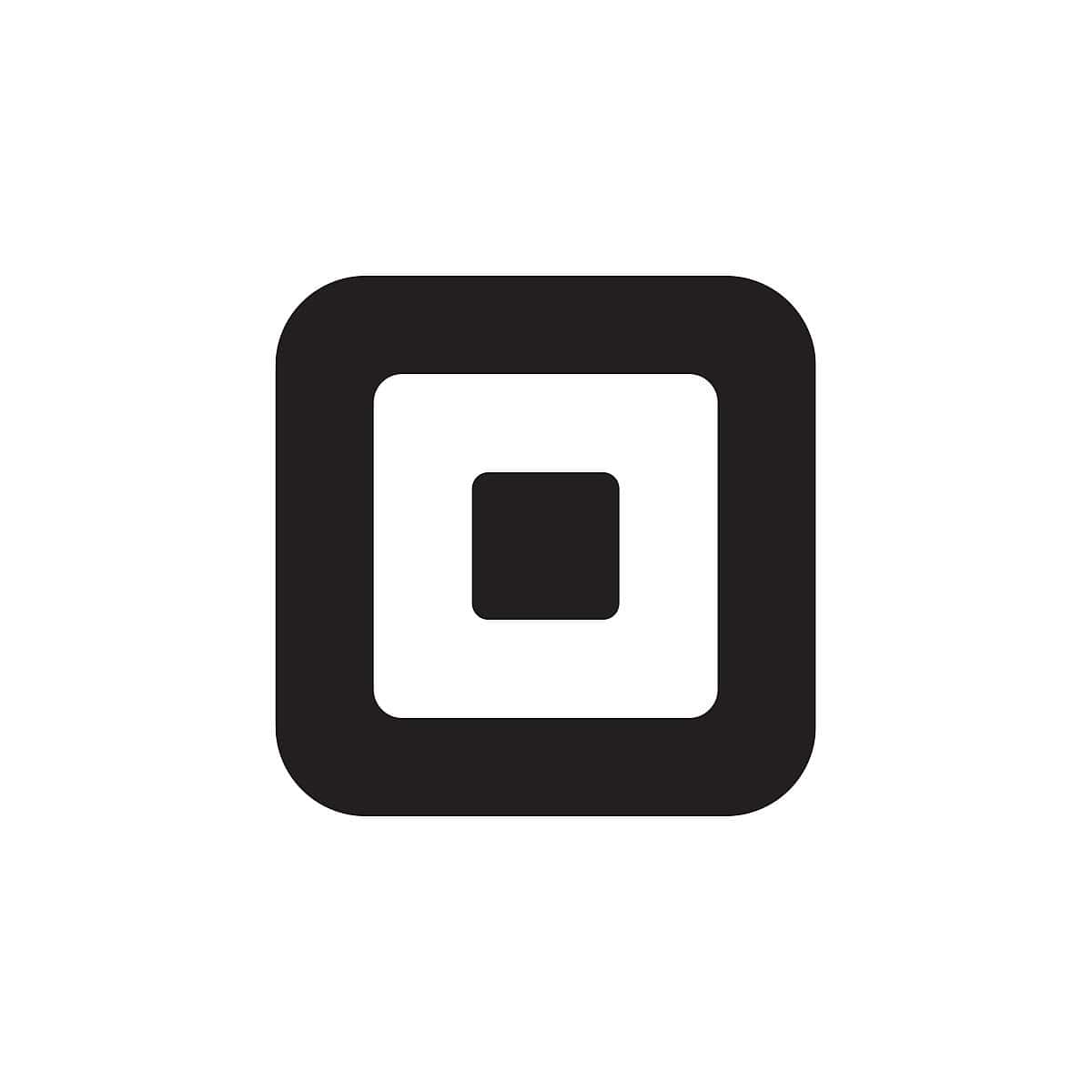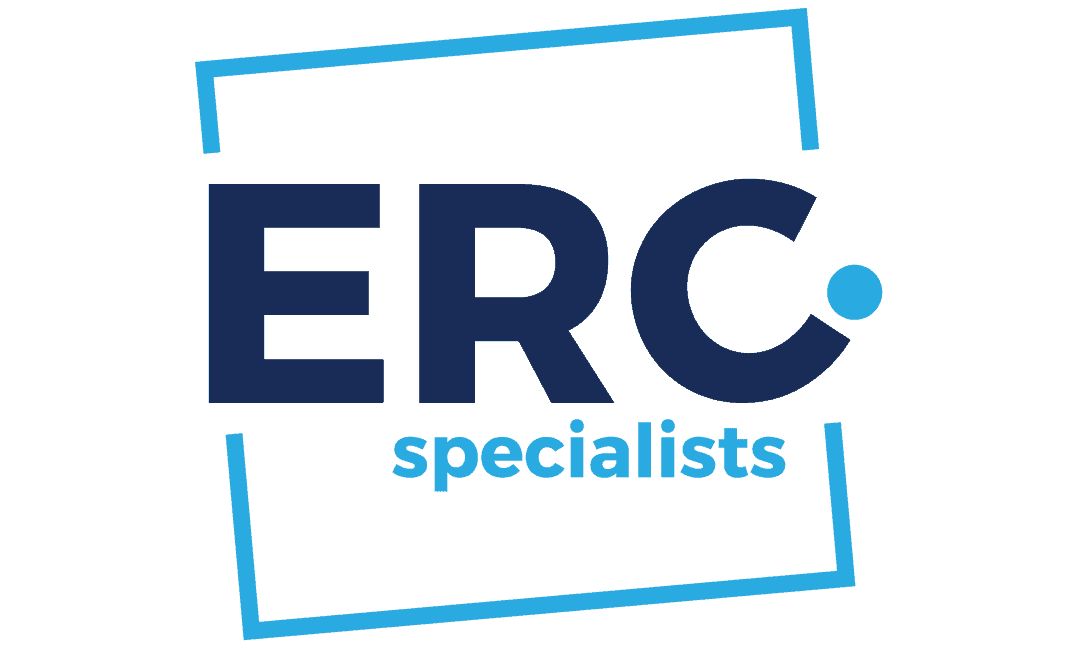Want to start a coffee shop, but aren’t sure where to start? From funding to your opening day advertising, read about how to start a coffee shop with this step-by-step guide.
To open a coffee shop, prospective business owners need to decide what type of coffee shop to open, write a business plan, get the proper licenses, and find funding.
And if funding is an issue, keep reading for how to start a coffee shop with no money, plus tips on how to start a coffee shop business that is successful in the long run.
Want To Open A Coffee Shop? Start Here
To start a coffee shop business, start with the following steps, which include answering the big initial questions about your business.
1. Franchise, Acquire, Or Start From Scratch
To start a coffee shop business, you have the option to:
- Buy a franchise from an existing coffee shop business, such as Dunkin’, Tim Hortons, or a popular local/regional coffee brand
- Acquire an existing local coffee shop from the owner
- Start your own coffee shop from scratch
Franchising A Coffee Shop
There are a lot of benefits and drawbacks to franchising a business.
On the positive side, having the entire business setup already figured out, brand recognition, and minimal startup costs besides the actual franchise purchase cost are really convenient. Purchasing a franchise requires little imagination and relatively little risk, so long as you choose a good location and provide good service.
On the negative side, you will have to pay ongoing royalty fees, comply with brand guidelines, and your store will always be affected by whatever a larger parent company decides to do. For example, Dunkin’ recently changed its loyalty program. Many customers aren’t happy, and Dunkin’ franchises, despite not having any say in the matter, may suffer because of the change.
If you decide the pros outweigh the cons, read our post on the best franchise loans to help you start a coffee shop franchise with no money.
Acquiring An Existing Coffee Shop
If you’re looking for a different way to start a coffee shop with minimal building costs, acquiring an existing coffee shop could be the right option for you.
Purchasing an existing location often means you’ll already have the equipment you need, trained staff, and an established customer base. You’ll also have the freedom to make changes and start your own business initiatives if you choose to.
However, if you buy an existing coffee shop, you don’t really get your own choice of location, and you may not know whether there are any underlying issues with the business. Plus, making changes may go poorly, depending on how loyal a customer base is to the existing business.
If you decide to acquire a coffee shop in your area, read our post on how to get a loan to buy a business.
Starting Your Coffee Shop Business From Scratch
“Starting from scratch” essentially means that you’re starting out with nothing but a dream (and possibly the best latte recipes ever.)
If you start your business from scratch, you get to choose your own location (within reason and with strategic planning), build your own brand, and make all your own business decisions. If you do a lot of research and make sound decisions, you could build a very successful shop from the ground up.
However, there is a lot more personal risk and work involved in starting an entirely new brick-and-mortar business. Also, you’ll probably need more capital to start a completely new business. If you try something new and it doesn’t work, you could end up closing before really developing your shop’s presence in the neighborhood.
If you want the complete freedom to start the business you envision, and you’re willing to take on the financial risk and the work it takes to bring your vision to life, build your business from the ground up.
2. Do Competitor Research
One of the biggest misconceptions about starting a business is that if you make something, people will buy it.
However, if there’s too much competition in an area, you don’t offer anything better than the shops around you, or you’re in an area where people can’t afford to spend money on coffee, people won’t come to your shop.
Your competitive research should include direct competitors (other coffee shops in your proximity) and indirect competitors (restaurants that offer coffee, grocery stores, and customers making coffee at home.)Your research should answer these questions about your competitors, at the very least:
- What types of customers do they serve? Are they students, professionals, locals who want a central gathering place, or another type of person entirely?
- What does the business offer? Can customers get breakfast or lunch there or just pastries? Are there any unique or designer things it offers?
- How are the items priced (high, mid-tier, low)?
- What are their strengths and weaknesses?
That last question is very important. In general, focus more on improving on your competitors’ weaknesses than trying to compete with what they’re already good at. For example, if a competitor offers a great lunch special but the coffee is very expensive, advertise yourself as a cost-effective alternative caffeine provider.
3. Determine What You’ll Sell
Unless you purchase a franchise with strict menu requirements, you have the freedom to choose what you offer in-store. Answer questions like the following to start building your menu and other sale items:
- Do you want to sell quick-to-go items like coffee and pre-made pastries, or do you want to offer food that would require an on-site kitchen?
- Will you sell coffee grounds in-store?
- Do you want to sell merch like t-shirts and mugs?
Your offering should be shaped, at least in part, by what your competitors don’t offer, which could be specific items, a more refined drink offering, more affordable options, or something like a sustainable supplier.
You could even go as far as researching where you’ll source your beans, pastries (if you don’t make them in-house), and kitchen ingredients (if applicable).
4. Choose A Name & Theme
Unless you buy a franchise, the overall vibe and branding of your coffee shop will need to have a unique appeal, which you’ll express through your theme, name, and logo.
This is your business’s unique value proposition (UVP) in marketing. Determining your UVP now will also help you down the road when you’re applying for financing, and when marketing your business with signage, on social media, etc.
It may help to think about the theme before the name and branding.
Note: Until you formally register your business, it’s easy to change the name, so don’t sweat it too much at this point in the business process. Just come up with your unique offering and go from there.
5. Create A Business Plan
Your business plan is essential in guiding the development of your business. In fact, it’s a document that most lenders will require when you apply for financing.
Your plan will describe your UVP, and will also have information about how you intend to run your coffee shop. The plan might include specific information about how much financing you need, projected profits, information about ownership and management, relevant market research, competitors in your area, and other details.
More things to consider when creating your coffee shop business plan include:
- Business hours
- Floor plan, which, depending on your business model, may include the layout of outlets for laptops, community tables, and a dedicated kitchen
- Decor, which should align with your theme
- What type of music you’ll play
- Whether you’ll appeal to kids with offerings such as board games and kids’ drinks
- Community events you might host, such as an open mic night, family board game night, or food truck event
Read our post on how to write a business plan for more on what you need in your business plan and how to structure the business plan document itself.
6. Register Your New Business
You have to register your business to get an official business name to enter on loan documents, an Employer Identification Number for tax and application purposes, and get the right business licenses and permits.
Read our guide on how to register a small business to start turning your coffee shop dream into a reality.
7. Find The Right Location
Location is arguably the second-most important aspect of a successful coffee shop, after the taste of your drinks themselves.
Sit-down coffee shops need to:
- Have a decent amount of foot traffic
- Be accessible via car/bus
- Have the space and layout to accommodate a sizable number of customers at one time
- Ideally, not be too close to competitors
- Ideally, be in proximity to other places of interest, such as libraries, other stores, or schools
- Have a kitchen space, if sit-down made-to-order meals will be prepared
To-go/drive-through coffee shops (which are growing in popularity) need to:
- Be set up so that employees can quickly get orders out the door
- Have the space to accommodate a line of cars
- Have a floor layout that has well-defined waiting lines
- Offer minimal seating, to encourage people to be on their way shortly after making their purchase (and save on real estate costs)
Depending on your budget and theme, it could be easier to purchase a former coffee shop or restaurant space so that you won’t have to do extensive remodeling.
How To Start A Coffee Shop With No Money
Assuming you don’t have personal savings to open your business, you’ll need to get creative in order to secure financing for your brand-new business. Traditional lending institutions such as banks and credit unions will usually want to see that you have at least two years in business.
However, once you have a solid business plan and prospective location for your coffee shop, it will be easier to find parties who are willing to lend to you.
Here are some of your options:
Borrow From Family & Friends
While most of us aren’t blessed enough to have a wealthy aunt willing to fund our wildest dreams, if you do have such an aunt (or another family member or friend), now is the time to hit them up.
You can even hire a lawyer to draw up a contract for a loan between you and your friend/family member or use a service like LoanBack that formalizes loan contracts between friends and family.
If you don’t have a wealthy family member or friend but have personal and/or business contacts who might be willing to invest smaller amounts in your business, consider using a platform like Kiva.
Kiva offers one of several types of crowdfunding, known as debt crowdfunding or “crowdlending.” The platform lets you crowdfund a small business loan up to $10K, provided you meet their terms and have a certain number of friends/family members from your personal network willing to back your loan.
Other crowdfunding options like GoFundMe or Kickstarter could also be a good source of start-up funds. Don’t know which to choose? Read our article on GoFundMe versus Kickstarter to see which is the right fit for your business.
Get A Short-Term Business Loan
Most traditional business loans, which are repaid in installments over a number of years, require you to have at least a couple of years in business.
An alternative business lending option available to newer businesses (and sometimes even startups) is a short-term loan. These loans can potentially carry high-interest rates and you could be required to repay your loan in a matter of months, or sometimes even weeks.
However, short-term loans can be a viable lending option for businesses that don’t have much time in business or business revenue, and many such lenders don’t even require you to have good credit.
We recommend using Lendio, an online loan marketplace that matches business owners to funders, for short-term loans. Loans facilitated through Lendio typically have longer term lengths, higher borrowing limits, and lower credit card requirements than other short-term loan providers offer.
Secure A Personal Loan
A personal loan can be used to fund a business startup, such as a coffee shop, as long as the terms of the lender allow you to do so.
Personal loans typically have an upper borrowing limit of $30K–$50K and carry higher interest rates than a business loan. You also usually need to have good personal credit. You do not need to have good business credit or any particular business credentials.
We recommend securing a personal loan through LendingPoint, a reputable online lender offering personal loans that can be used for business. You can borrow up to $36,500 with decent credit and a certain debt-to-income ratio. You will have 2-4 years to repay your loan, which is pretty good for an online loan provider.
Read our post on how to get a personal loan for business use to learn more about whether getting a personal loan is right for your business.
Apply For A Short-Term Line Of Credit
Note: Most credit providers require you to be in business for at least six months or one year of time and have a minimum expected monthly or annual revenue. If your shop is not at all established, this option typically isn’t available to you.
Like short-term loans, short-term business lines of credit are also open to young businesses that are just getting started or looking to expand. With this type of business financing, you only have to repay what you borrow, similar to a credit card. It’s a smart choice if you don’t know exactly how much money you’ll need.
However, you’ll have to pay back the credit pretty quickly, with potentially high-interest rates and other fees.
We recommend Fundbox, as the online lender offers one of the quickest and easiest business lines of credit. To qualify for this revolving line of credit, you have to be in business for at least six months and make an estimated $100,000/year.
You can borrow up to $150K (depending on how much they approve you for) and will have 12–24 weeks to repay the principal.
Take Advantage Of Vendor Financing
Some popular coffee shop point of sale (POS) system vendors offer business financing. That is, a POS vendor may provide users of their POS system or payment processing service with a business loan.
This financing option usually has a low barrier to entry and is suitable for coffee shops that have recently opened. Typically, the main requirement is that you are an active user of the vendor’s product.
We recommend Shopify Capital or Square Capital for POS vendor financing.
You can’t actually apply for a loan with either of these providers. Once you start using either POS system, the vendor will let you know if you’re eligible. After you take out a loan, your POS vendor automatically deducts a percentage of your revenue every day until your loan is paid off.
Read our Shopify POS review and Square POS review to help you decide which POS provider to sign on with (and potentially get a loan from).
Apply For A Business Credit Card
A business or personal credit card has its limitations, as your credit limit probably won’t be high enough to pay for all your startup costs.
However, a credit card is a lot easier to get than a business loan, and if you play your cards right (bad pun, we know) you might not have to pay any financing fees at all. Also, credit cards offer more cash-back and other rewards than ever before, particularly for business cards. Most importantly, opening a business credit card will help your new businesses establish and build your business credit profile.
Among our best credit cards for small businesses, we especially like the Chase Ink Business Unlimited card. This card offers benefits like unlimited 1.5% cash back on all purchases, combined with no annual fee, a $900 credit if you spend $6K in the first three months, and a 12-month 0% introductory APR.
However, you have to have a “good or excellent” credit score (at least 680) to qualify for the card.
Read our post on the best business credit cards for people with bad credit if you do not fit into the “good or excellent” credit category, and our post on the best business credit cards for people with no credit history if you don’t have a credit score at all.
Find Small Business Grants
There are location-based grants, grants from corporations, and demographic-based grants out there that may just have your name on them.
Read our post listing business grants for minorities and/or our post listing grants for women-owned businesses if you identify with either (or both) of these demographics.
9 Steps To Open A Coffee Shop After You Secure Funding
Now that you have your business vision, location, and funding in place, it’s time to get ready to open to the public. If you take all of these steps, you should have everything you need to run a successful business, including a demand for your product.
1. Assemble Your Professional Team
Starting a business usually requires you to hire professionals such as accountants, attorneys, architects, and business consultants. At the very least, you will want to have an accountant you trust, as this person can also act as your business consultant in many ways. Professional fees can be high but can save you a lot of money and headaches down the road.
2. Begin Remodeling
Unless you are building from scratch, you will most likely need to do at least some remodeling of your coffee shop business space to make it fit your needs and vision. At the very least, you’ll need to add signage and repaint.
If you’re starting a small drive-through coffee kiosk or adding a drive-through lane to a larger shop, you’ll have to take that into account when it comes to designing the property layout.
In case you need to do extensive remodeling, an SBA 504 Commercial Construction loan might help you finance the renovations. Of course, if you are renting or buying a franchise, there will likely be limitations on what physical and/or creative changes you can make to your business space.
3. Acquire Equipment & Materials
Before you can start brewing, baking, and all that, you’ll need the proper equipment and raw ingredients. This will require careful consideration, particularly when choosing vendors for coffee beans and other food and drink materials.
Do your research and conduct plenty of taste tests because the worst thing a coffee shop can have is gross-tasting coffee. When selecting vendors for your coffee beans and other raw ingredients, be sure to consider things that your customers might care about, such as whether the coffee comes from sustainable farms or is organic.
In terms of coffee shop equipment, you may have the option to lease or buy. Consider equipment financing so that you’ll own your equipment, instead of forever renting it. Proceeds from SBA 504 loans can also be used to purchase kitchen equipment.
4. Choose A Good POS System
Your POS system is how you take orders and process payments, so it’s important to choose a good one. A good POS system:
- Supports a good merchant services provider, or lets you choose your own
- Is easy for employees and managers to use
- Allows you to create coupons, discounts and specials, order modifiers, and loyalty programs
- Has a good POS hardware offering or lets you bring your own POS equipment, such as iPads and your own credit card reader
Read our post on the best POS systems for cafes to find the right POS system for you. If you want to focus heavily on drive-through orders, read our post on the best drive-through POS systems.
5. Hire & Train Employees
Your employees and the level of customer service they provide are one thing that will make or break your coffee shop. You will need to be smart and careful in your hiring process and train the employees thoroughly so they know not only your methods but also the atmosphere you are trying to create.
6. Register Your Google Business Profile
People often find their new favorite spot by searching for places near them on Google. To appear in location-based search results, you have to register your business and verify your location with Google.
To do this, simply create a free Google Business profile. From your profile, you’ll request a postcard to be sent to your business address. Once you get the postcard, you’ll go into your Google Business profile and enter the five-digit verification code on your postcard, and that’s it.
As soon as Google approves your verification, you’ll show up in Google location-based search results.
Note: It can take up to two weeks to get the postcard, enter the code, and be approved. Verify your business address as soon as possible so people can start finding you online!
7. Generate Excitement With Marketing
There are so many innovative ways to start creating a buzz around town before your coffee shop even opens. Some of these include:
- Giving out samples of your coffee at local events
- Updating your building’s exterior with signage and other eye-catching improvements
- Setting up a direct mail campaign in targeted regions
- Alerting the media to your grand opening
- Social media marketing (more on that in a minute)
A lot of POS software integrates with social media platforms, can generate promotional coupons for opening day, and give you the option to build a digital loyalty program to encourage repeat customers from their first visit.
Create your business’s social media profiles before you open up shop, then follow our social media marketing guide to create a social media marketing strategy that has people lining up outside your coffee shop’s door on opening day.
8. Build Your Business Website
Every business owner should have a website by now. Most customers expect reputable eateries to have a site that lists their menu, prices, hours, and contact information. Most also expect the site to be connected with your business’s Google profile and social media profiles.
Use a website builder to build a website quickly and cost-effectively. To find the right website builder for your coffee shop, read up on the best website builders for small businesses and the best free website builders if you really need to cut costs.
9. Open Up Shop (In A Big Way)
After you’ve completed all the steps above, the only thing left is to open your doors! Choose your opening date wisely (read: a weekend) and consider offering something special for customers who show up on Day One.
You may even partner with another business in the area, or a local influencer or organization, to generate awareness for your shop. In exchange, you could promote them or their brand on social media or in-store or offer free products.
Whatever you decide to do, make sure you take pictures, both for social media marketing and to capture the memory of your special day!
How To Open A Coffee Shop: Final Thoughts
To open a coffee shop with no money, you have to be creative, passionate, and willing to take on a lot of risks. With the funding resources above, you’ll (hopefully) generate enough capital to start your business, and with diligent preparation, you’ll minimize the personal risk involved in starting a business.
Once you’re open, make sure you get the best accounting software for small businesses and the best payroll software for restaurants to keep your cash flow running smoothly and your employees happy.












